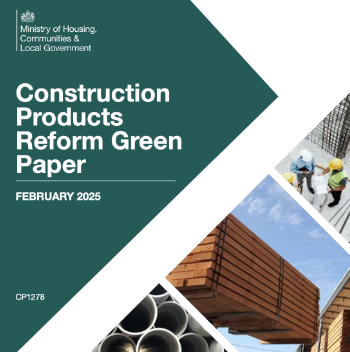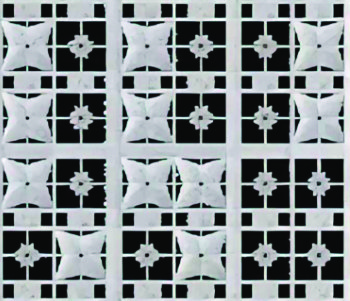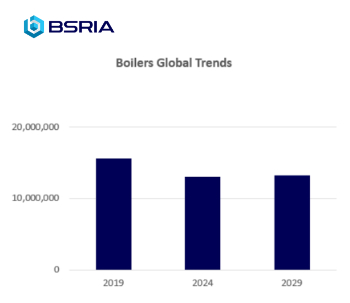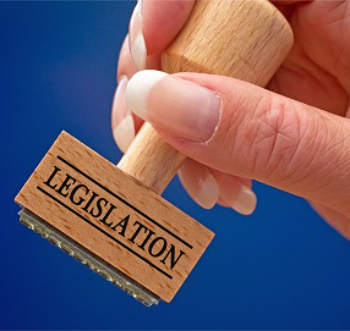Tax on £2m plus residential properties
Contents |
[edit] Legislation
On 11th December 2012 the draft Finance Bill 2013 was published. This proposes new taxes for residential property valued on April 1st 2013 to be over £2m. It affects Stamp Duty Land Tax (SDLT), Capital Gains Tax and introduces a new Annual Residential Property Tax (ARPT). The objective of this legislation has been to persuade owners of £2m+ residential properties to stop using company wrappers, especially off shore companies to reduce or avoid tax liability.
[edit] Stamp duty
The new Stamp Duty rates based on the purchase/lease premium or transfer value of £2m plus residential property will be:
- 7% for private purchases by individuals.
- 15% for purchases by “non natural persons”. This includes companies, partnerships, and collective investment schemes.
Exemptions to the 15% rate (i.e. reduction to 7%) will apply to:
- Properties held for property development trading.
- Properties acquired and held for commercially renting to third parties.
- Properties used for trading purposes which are opened to the public for at least 28 days a year.
- Properties held by registered charities.
- Company property used to provide employee accommodation.
- Farmhouses occupied by working farmers.
- Some specified diplomatic or publicly owned premises.
Apart from farmhouses and publicly owned premises, the above relief is conditional that no person connected with the owner of the dwelling occupies it beyond three years from the purchase date.
The following is a summary of proposed and existing SDLT rates:
| Value up to £125,000 | Zero rated |
| Over £125,000 to £250,000 | 1% |
| Over £250,000 to £500,000 | 3% |
| Over £500,000 to £1 million | 4% |
| Over £1m to £2m | 5% |
| Over £2m | 7% |
| Over £2m purchased by certain non natural persons | 15% |
[edit] Annual residential property tax (ARPT)
ARPT levied on residential property will only be applied to premises held by “non natural persons” as described in the previous section. Similar exemptions will also be applied to ARPT. Again the valuation date will be set at 1st April 2013.
Property owners will submit their own valuation to Her Majesty’s Revenue and Customs (HMRC). Where the value assessment is within 10% of an ARPT threshold band, owners can apply to HMRC for a “pre-return banding appraisal” prior to submitting their valuation. This service is due to be up and running by June 2013 and will be provided free of charge.
The first ARPT tax return will be due on 1st October 2013 with payment due not later than 31st October 2013. This will then revert to an annual deadline from 30th April 2014 onwards.
The proposed ARPT annual charges set for five years commencing 2013 are shown below.
| Property value £2m to £5m | £15,000 p.a |
| Over £5m to £10m | £35,000 p.a |
| Over £10 to £20m | £70,000 p.a |
| Over £20m + | £140,000 p.a |
[edit] Capital gains tax (CGT)
“Non natural persons” and some categories of non residents disposing of residential property of a value of £2m+ will after 5th March 2013 have to pay Capital Gains Tax (CGT) at a rate of 28%, with a taper relief for those properties close to the £2m threshold. The descriptions of non natural persons and exemptions are the same as those set out in the section on stamp duty.
Trustees of offshore trusts will not be liable to CGT however the gains may be taxed on UK beneficiaries as is current practice.
Gains attracting the new 28% rate will be assessed from a base date of April 6th 2013 and will not be retrospective. However the government is considering switching the current tax regime for disposals by UK non natural persons from corporation tax (23% in 2013, dropping to 21% in 2014) to capital gains tax.
[edit] Related articles on Designing Buildings Wiki
[edit] External references
- HMRC: Draft Finance Bill
- HMRC: Stamp Duty Land Tax.
- Residential research papers Dec 2012 by Knight Frank.
Featured articles and news
Mental health awareness week 13-18 May
The theme is communities, they can provide a sense of belonging, safety, support in hard times, and a sense purpose.
Mental health support on the rise but workers still struggling
CIOB Understanding Mental Health in the Built Environment 2025 shows.
Design and construction material libraries
Material, sample, product or detail libraries a key component of any architectural design practice.
Construction Products Reform Green Paper and Consultation
Still time to respond as consultation closes on 21 May 2025.
Resilient façade systems for smog reduction in Shanghai
A technical approach using computer simulation and analysis of solar radiation, wind patterns, and ventilation.
Digital technology, transformation and cybersecurity
Supporting SMEs through Digitalisation in Construction.
Villa Wolf in Gubin, history and reconstruction. Book review.
Construction contract awards down £1bn
Decline over the past two months compared to the same period last year, follows the positive start to the year.
Editor's broadbrush view on forms of electrical heating in context.
The pace of heating change; BSRIA market intelligence
Electric Dreams, Boiler Realities.
New President of ECA announced
Ruth Devine MBE becomes the 112th President of the Electrical Contractors Association.
New CIAT Professional Standards Competency Framework
Supercedes the 2019 Professional Standards Framework from 1 May 2025.
Difficult Sites: Architecture Against the Odds
Free exhibition at the RIBA Architecture Gallery until 31 May.
PPN 021: Payment Spot Checks in Public Sub-Contracts
Published following consultation and influence from ECA.
Designing Buildings reaches 20,000 articles
We take a look back at some of the stranger contributions.
Lessons learned from other industries.






















